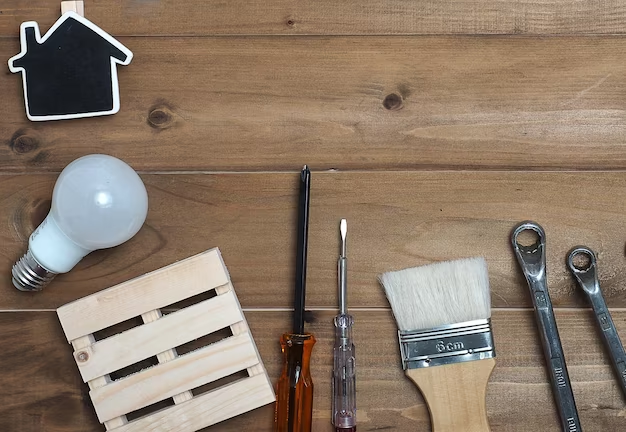Home Insurance Considerations for Home-Based Medical Equipment and Supplies
If you have a need for home-based medical equipment and supplies, it’s essential to consider how your home insurance policy can provide the necessary coverage. Home insurance can help protect your investment in medical equipment, ensure coverage for damage or loss, and provide liability protection. Here are some considerations to keep in mind:
- Check Your Policy Coverage: Review your home insurance policy to understand the extent of coverage it provides for medical equipment and supplies. Some policies may automatically include coverage, while others may require additional endorsements or a separate policy to cover these specific items. Contact your insurance provider to clarify your coverage and discuss any necessary adjustments.
- Coverage for Damage or Loss: Ensure that your home insurance policy includes coverage for damage or loss of your home-based medical equipment and supplies. This coverage should extend to events such as fire, theft, vandalism, water damage, or other covered perils. Confirm that the coverage limits are sufficient to replace or repair your equipment in case of damage or loss.
- Replacement Cost Coverage: Consider opting for replacement cost coverage for your medical equipment and supplies. This type of coverage ensures that you receive the full cost of replacing damaged or lost items with new ones, without considering depreciation. This is particularly important for expensive medical equipment, as their value may depreciate quickly.
- Liability Protection: Home-based medical equipment and supplies may pose liability risks. For example, if a visitor or caregiver sustains an injury due to the equipment, you could be held liable. Ensure that your home insurance policy includes liability coverage that protects you in such situations. Liability coverage can provide financial protection for legal expenses, medical costs, and potential damages resulting from a liability claim.
- Specialized Coverage Endorsements: Depending on the nature and value of your medical equipment and supplies, you may need to consider specialized coverage endorsements or riders. These endorsements can provide specific coverage for high-value or unique items that may not be adequately covered under a standard home insurance policy. Discuss these options with your insurance provider to determine if additional endorsements are necessary.
- Documentation and Inventory: Keep detailed records of your home-based medical equipment and supplies. This includes maintaining an inventory with descriptions, serial numbers, purchase receipts, and photographs. This documentation will be essential when filing a claim and providing proof of ownership and value. It can also help ensure that you have accurate and up-to-date information for your insurance provider.
- Professional Installation and Maintenance: Some home insurance policies may require that certain types of medical equipment, such as stairlifts or elevators, be professionally installed and regularly maintained. Adhering to these requirements can help ensure that your coverage remains valid and can contribute to safer operation and reduced risk.
- Notify Your Insurance Provider: Inform your insurance provider about any home-based medical equipment and supplies you have. Provide them with accurate and updated information to ensure that your coverage reflects the specific items you own. Failure to disclose this information may result in denied claims or insufficient coverage.
- Seek Professional Advice: If you have complex or high-value medical equipment and supplies, it’s advisable to seek professional advice from an insurance agent or specialist experienced in this area. They can provide guidance on the specific coverage needs for your equipment and help you navigate any unique considerations.
By considering these factors, you can ensure that your home insurance policy provides the necessary coverage for your home-based medical equipment and supplies. Review your policy regularly, keep accurate records, and communicate any changes or additions to your insurance provider to maintain adequate coverage.










